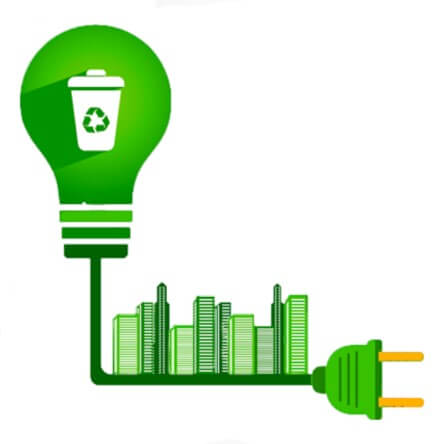
To reduce greenhouse gas emissions and the risk of pollution to waterways, organic waste can be used to produce biogas, a renewable source of energy. Organic waste generates large amounts of methane as it decomposes – methane is a powerful greenhouse gas that traps heat in the atmosphere more efficiently than carbon dioxide. Given equal amounts of methane and carbon dioxide, methane will absorb 86 times more heat in 20 years than carbon dioxide.
Organic waste has numerous sources, both edible and non-edible, including livestock manure, agriculture waste, waste water and inedible food waste. When this type of waste is improperly managed, it poses a significant risk to the environment and public health. Pathogens, chemicals, antibiotics, and nutrients present in wastes can contaminate surface and ground waters through runoff or by leaching into soils. Excess nutrients cause algal blooms, harm wildlife, and infect drinking water.
Biogas is produced after organic materials (plant and animal products) are broken down by bacteria in an oxygen-free environment, a process called anaerobic digestion. Biogas systems use anaerobic digestion to recycle these organic materials, turning them into biogas, which contains both energy (gas), and valuable soil products (liquids and solids). When displacing fossil fuels, biogas creates further emission reductions, sometimes resulting in carbon negative systems.
To date, Wanless Waste Management has treated more than 1,500,000 cubic metres of methane rich landfill gas from our Kemps Creek operations. This means that our Kemps Creek landfill gas flare has, for each of the last five years, offset CO2 emissions which equate to the CO2 emissions from 3,900 typical homes. We see this as part of our commitment to the community to create a better environment.
